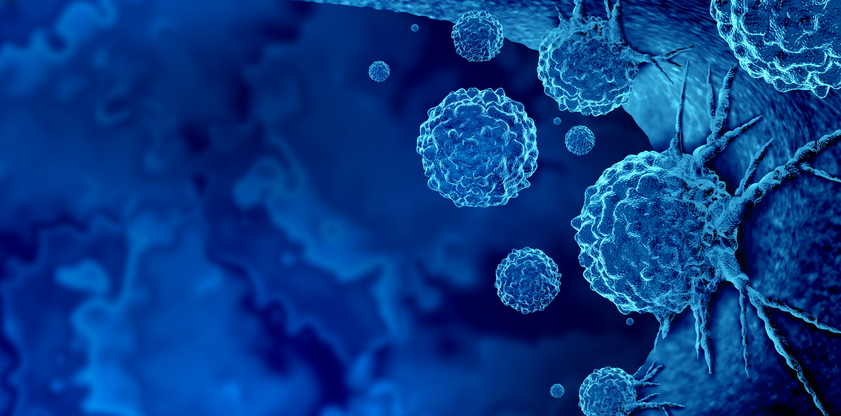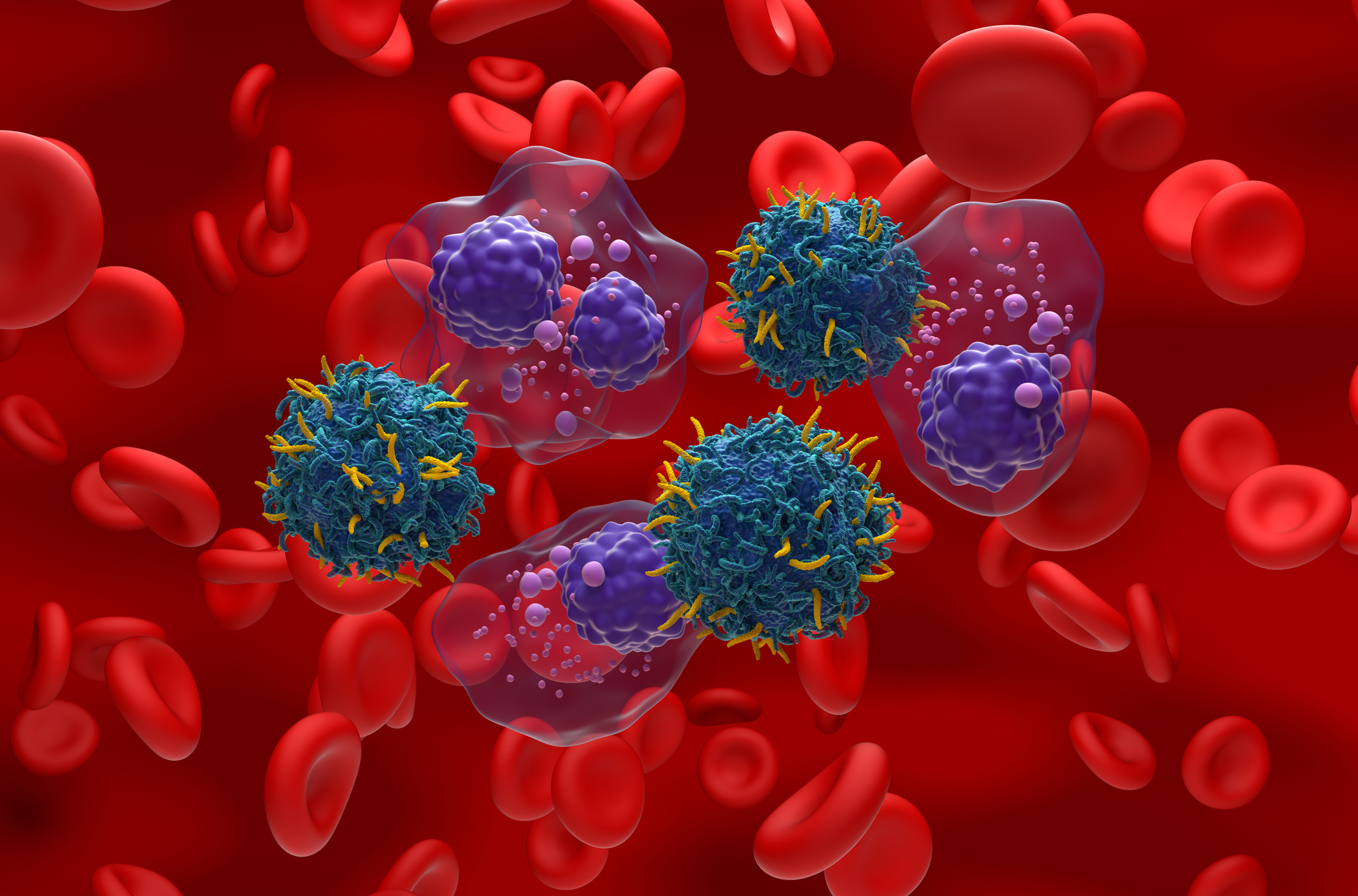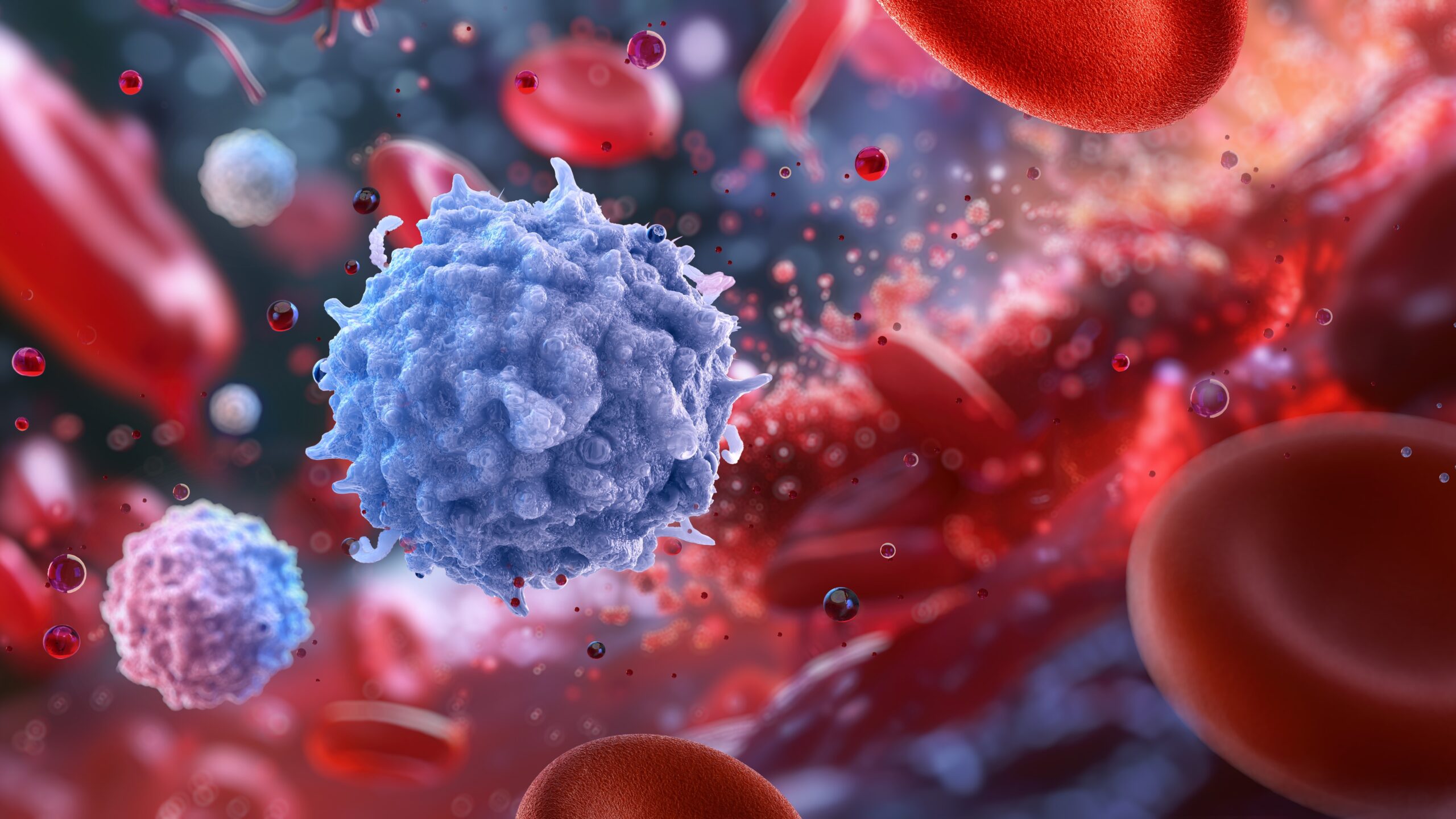
Dr. Parekh, director of the Center of Excellence for Multiple Myeloma at the Icahn School of Medicine at Mount Sinai, spoke with Blood Cancers Today on practice-changing studies in multiple myeloma, the promising future of trispecifics, and the group of patients with the largest unmet need.
What practice-changing studies in myeloma are you most excited about?
One of the most exciting studies that we have here is called CARTITUDE-6. This is a study for newly diagnosed myeloma patients where they get standard induction therapy with daratumumab, bortezomib, lenalidomide, and dexamethasone; then they are either given an autologous transplant or CAR-T [chimeric antigen receptor T-cell therapy].
This is exciting because it allows patients, for the first time, to get CAR-T as a frontline option. I think this is going to result in long-term remissions for patients from the get-go while offering all the benefits of the standard frontline regimens that have been accrued over the years, like the addition of daratumumab.
We have accrued a number of patients on these studies. They are doing well, and there are more patients who are seeking out the study. Usually, in our experience, the patient starts induction therapy in the community and then gets referred after 1 or 2 cycles to see us for autologous stem cell transplant planning and stem cell harvest. In the case of studies like CARTITUDE-6, these patients, unfortunately, need to be seen before they start induction therapy because the screening, enrollment, and randomization take place before the induction starts. This is a very key distinction that I would like to convey to the community so that patients can benefit from this.
In addition, we also have exciting studies with bispecifics. There are 3 approved bispecifics for myeloma and several more down the pike. These are helping patients, even elderly or frail patients, and are rapidly becoming more convenient as we are able to give patients the bispecific step-up dosing in the hospital and quickly transition them to outpatient treatment.
We have started implementing prophylactic tocilizumab for cytokine release syndrome [CRS]. For patients who have very little CRS and get discharged early after their first or second step-up dose, as soon as they get CRS, they are sent home with pocket decks and can get the rest of the treatments as an outpatient at the community sites where they come from. Our model is to keep patients close to their homes with their community doctors as much as possible.
We have a very exciting trispecific study, where 2 antigens are being targeted at the same time. This is the way of the future. Patients in the study are not seeing more side effects and are responding well. We think that we’ll have more durable remissions because of the dual antigen targeting.
One last mention is for allogeneic CAR-T in addition to autologous CAR-T and bispecifics. Some patients cannot wait to get the 4 to 6 weeks of manufacturing done for autologous CAR-T. For these individuals, we have allogeneic CAR-T available at our institution, and there are several different types of allogeneic CAR-T. They are showing promise, and we are able to enroll these patients and give them the treatment very rapidly because these are available off the shelf. There are millions of cells readily available for every patient, so we can enroll and treat them rapidly just like we would with bispecifics. There’s no step-up dose required either. The difference is that they do get conditioning therapy, which may also help with debulking.
What are the current unmet needs in myeloma? What should be studied next?
Patients who have high-risk disease or extramedullary disease are particularly challenging to treat, even after they receive standard therapy or CAR-T or bispecifics, and these are patients for whom we need more research. In fact, we have a large consortium that’s formed with other institutions—including Stanford, UCSF [University of California, San Francisco], WashU [Washington University], and others—that is studying this question. We are designing new therapies, including new CAR-Ts, and understanding what drives [the disease in] these high-risk patients with a goal of providing new treatment options in the near term. This is an important group to study and overcome the challenge.






 © 2025 Mashup Media, LLC, a Formedics Property. All Rights Reserved.
© 2025 Mashup Media, LLC, a Formedics Property. All Rights Reserved.